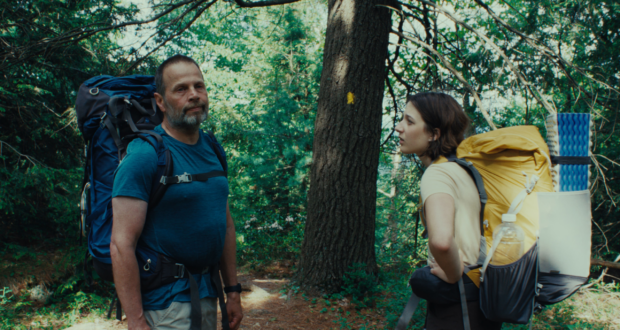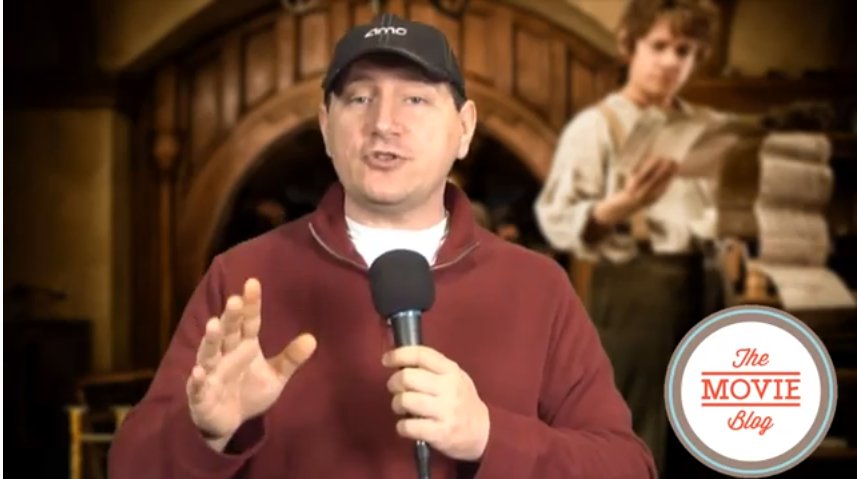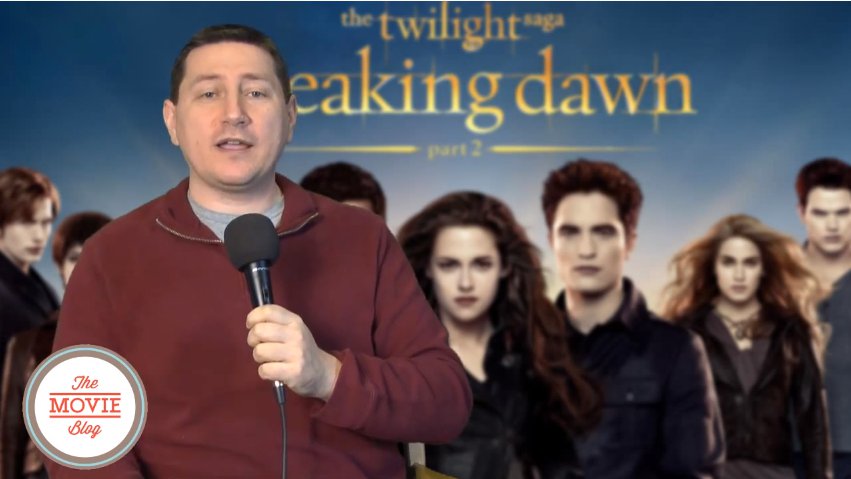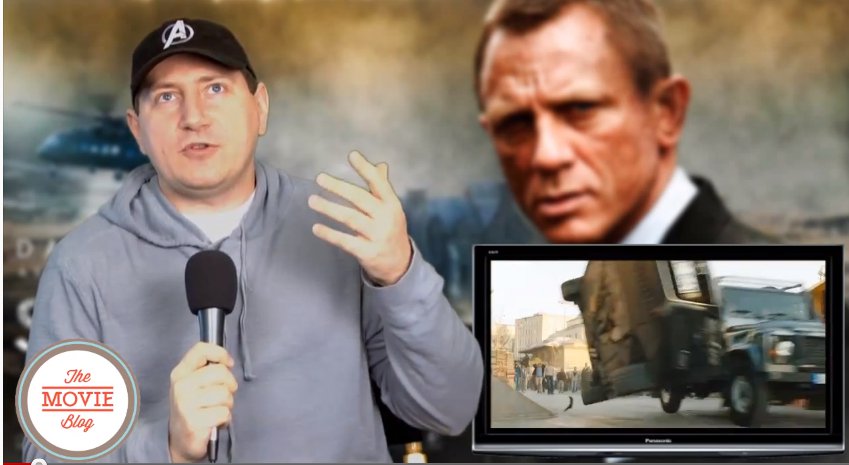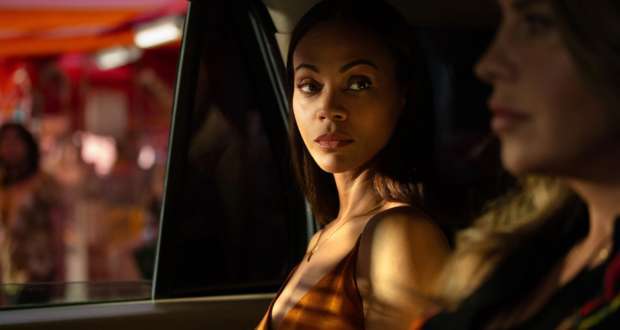 Back when I was a producer at a Visual Effects Company in Western Canada, one of the constant struggles we had when working with a deadline was not doing the actuall artistic work… but rather how on earth… once the artistic work is done… to get everything rendered in time.
Back when I was a producer at a Visual Effects Company in Western Canada, one of the constant struggles we had when working with a deadline was not doing the actuall artistic work… but rather how on earth… once the artistic work is done… to get everything rendered in time.
What do I mean by “RENDERED”? Well, a basic definition would be this: The artist finishes telling the computer what the image is to look like, where the light sources in the scene will be, if there is any snow or rain in it… reflections off of glass or water… all the movement and blurs. Once the artist finishes that process, it is now up to the computer to actually produce what the artist has told it to produce. This process is called “Rendering”. And rendering takes time… lots and lots of time!
How much time? Well put it this way. Movies are made up of frames. There are 24 frames in ever second of film you see (24fps). So, 3 seconds of film is actually 72 frames. It takes HOURS for a computer processor to render a single frame!!! Now, some frames are easier than others. Frames with less movement, a single light source, no shadows or reflections will render much quicker than more complicated ones.
To get over this, we would have to hook up about 20 computers together, each with 2 processors in them, and get those computers to render a frame at a time (so 40 frames were being worked on at all times).
Joel just sent me this great link to the rendering headaches the folks at Pixar had working on Cars. Each FRAME in cars took up to 17 HOURS to render:
The average time to render a single frame of film for “CARS” was 17 hours. Even with a sophisticated network of 3000 computers, and state-of-the-art lightning fast processors that operate up to four times faster than they did on “The Incredibles,” it still took many days to render a single second of finished film.
If this sort of thing interests you at all… you should really head over to Rotten Tomatoes and give the whole article a read. It’s pretty damn interesting. You can get to the article here.


